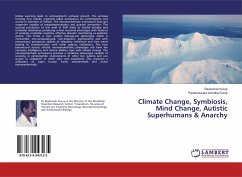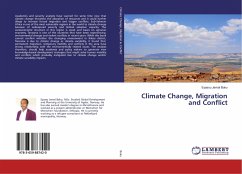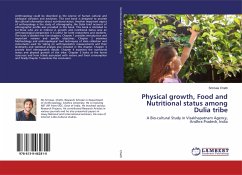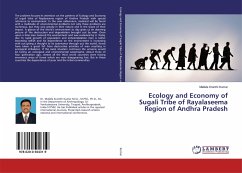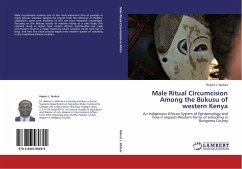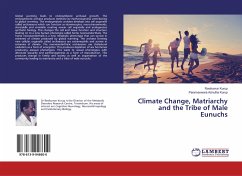
Climate Change, Matriarchy and the Tribe of Male Eunuchs
Versandkostenfrei!
Versandfertig in 6-10 Tagen
36,99 €
inkl. MwSt.

PAYBACK Punkte
18 °P sammeln!
Global warming leads to endosymbiotic archaeal growth. The endosymbiotic archaea produces methane by methanogenesis contributing to global warming. The endosymbiotic archaea develops into cell organelle called archaeaons which can function as vitaminocytes, neurotransminoids, steroidelle and viroidelle creating newer cell organelle and endogenous synthetic biology. This changes the cell and tissue function and structure leading on to a new human phenotype called homo neoneanderthalis. The homo neoneanderthalis is a new metabolic phenotype that can survive in extremes of climate produced by glo...
Global warming leads to endosymbiotic archaeal growth. The endosymbiotic archaea produces methane by methanogenesis contributing to global warming. The endosymbiotic archaea develops into cell organelle called archaeaons which can function as vitaminocytes, neurotransminoids, steroidelle and viroidelle creating newer cell organelle and endogenous synthetic biology. This changes the cell and tissue function and structure leading on to a new human phenotype called homo neoneanderthalis. The homo neoneanderthalis is a new metabolic phenotype that can survive in extremes of climate produced by global warming. The archaea forming new cellular organelle called archaeaons are extremophilic and survive in extremes of climate. The neoneanderthalic archaeaons use cholesterol oxidation as a form of energetics. This produces depletion of sex hormones producing asexual phenotypes. This leads to sexual phenotypes with alternate sexuality and parthenogenesis as a form of reproduction. This produces change in family and society as well as organisation of the community leading to matriarchy and a tribe of male eunuchs.



